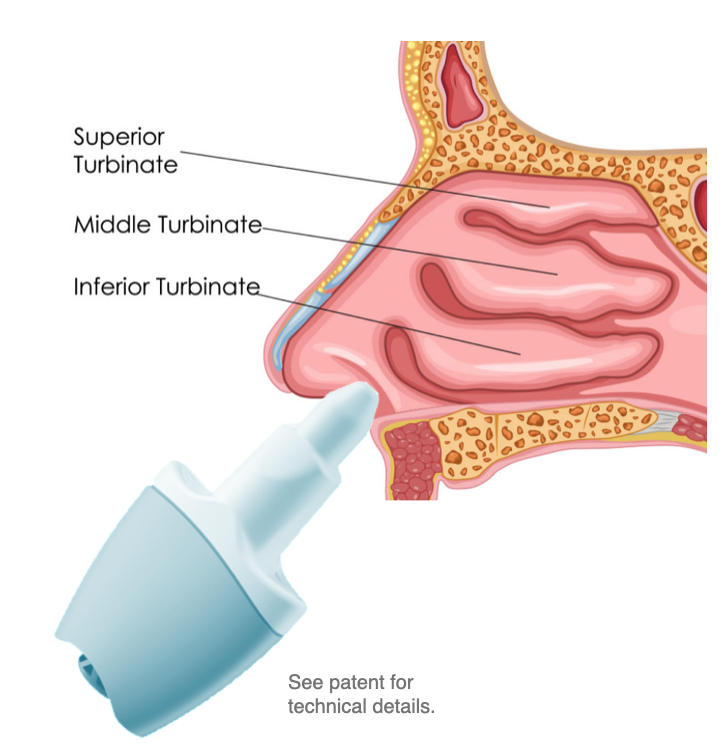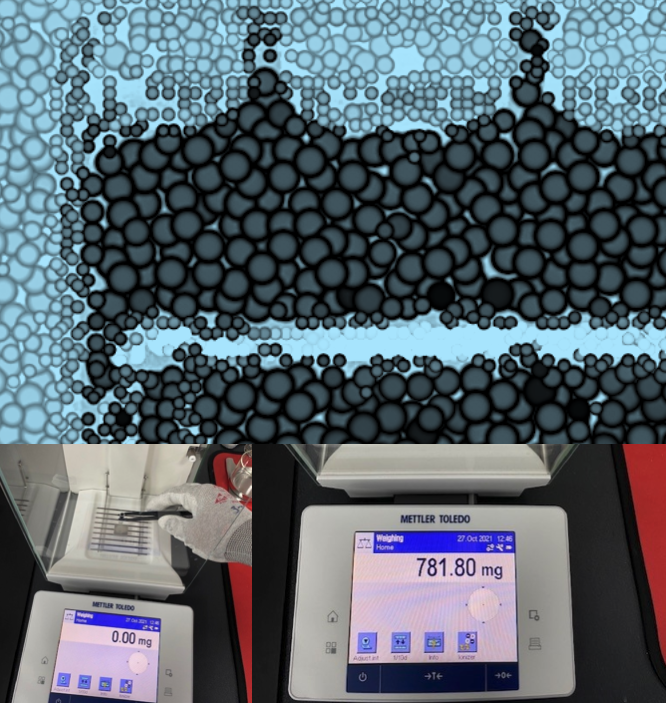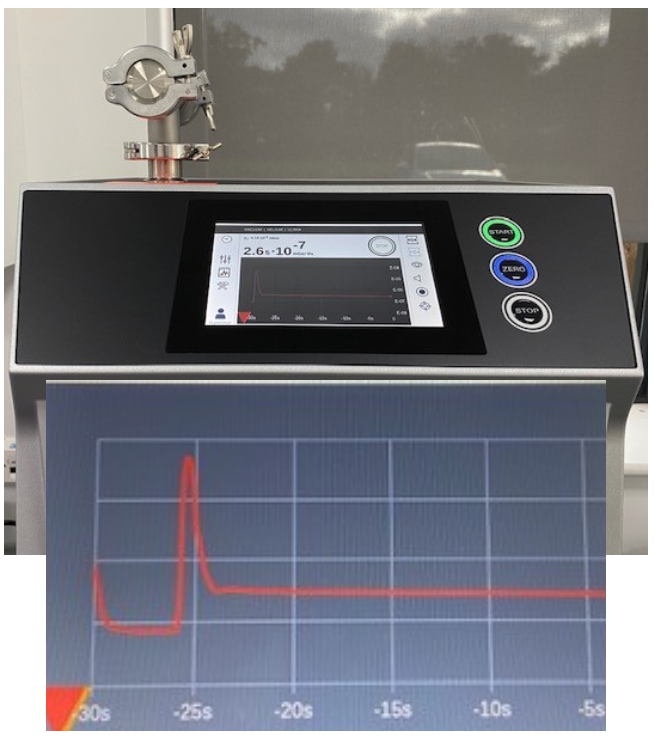
Primary drug container integrity.
New Product Development – nasal spray system for liquid drug delivery. e.g. The very effective Naloxone nasal spray for drug overdose victims.
The platform device has a button system which triggers spring assistance that generates the fine liquid spray. A coned fine spray optimises retention of drug in the nasal turbinates, rather than allowing liquid formulation to run out after the device has fired.
UPC were responsible for testing filling options for the primary dose container as well as ensuring a gas-tight low diffusion rate both in and out of the container.
We used our in-house Helium filling and leak detection methods to measure real-time leak rates, that have been optimised over the last four years. The PDC only contains a few cc (ml) so the Helium weight was very low when checking for gross leaks using gravimetric assay.



Primary drug container integrity.
New Product Development – nasal spray system for liquid drug delivery. e.g. The very effective Naloxone nasal spray for drug overdose victims.
The platform device has a button system which triggers spring assistance that generates the fine liquid spray. A coned fine spray optimises retention of drug in the nasal turbinates, rather than allowing liquid formulation to run out after the device has fired.
UPC were responsible for testing filling options for the primary dose container as well as ensuring a gas-tight low diffusion rate both in and out of the container.
We used our in-house Helium filling and leak detection methods to measure real-time leak rates, that have been optimised over the last four years. The PDC only contains a few cc (ml) so the Helium weight was very low when checking for gross leaks using gravimetric assay.
UPC sealing expertise generating predictions and data for the PDC
UPC trialled a number of different sealing solutions proposed by Recipharm for the PDC. The primary test for gases through the seal was achieved by using Helium, the outward leak test data from which can be used by UPC to predict the leak rates of any gas, e.g. Oxygen inwards, or water vapour inwards.
There was little surprise within the team when the final sealing solution was selected, but the UPC testing confirmed leak performance in a way that would have taken months of elapsed time.
This UPC method of test and predict, when applied carefully and with knowledge of the Physics that relate Helium to other gases, can be used effectively to pre-select sealing systems or tune them to optimise leak rate versus other variables in manufacture.


UPC Helium leak detection system with SOP and WI.
Just to be clear this is to tune gas {vapour} diffusion leak rates, far lower than the small growing bubbles below water that indicate viscous leaks through fine holes on containers.
On the left is the UPC-owned Helium leak detector that uses ultra low vacuum in a chamber to allow Helium to escape and be measured by a mass spectrometer, tuned to detect Helium down to the trace levels found in the atmosphere.
Below is the time trace of detection levels on the Y-axis. Observing the trace is useful during a test, as the shape needs to conform to a norm to signify that the test has been successful.
Helium fill and leak detection methods are useful to meet tight leak rate requirements for any vessel or container.

